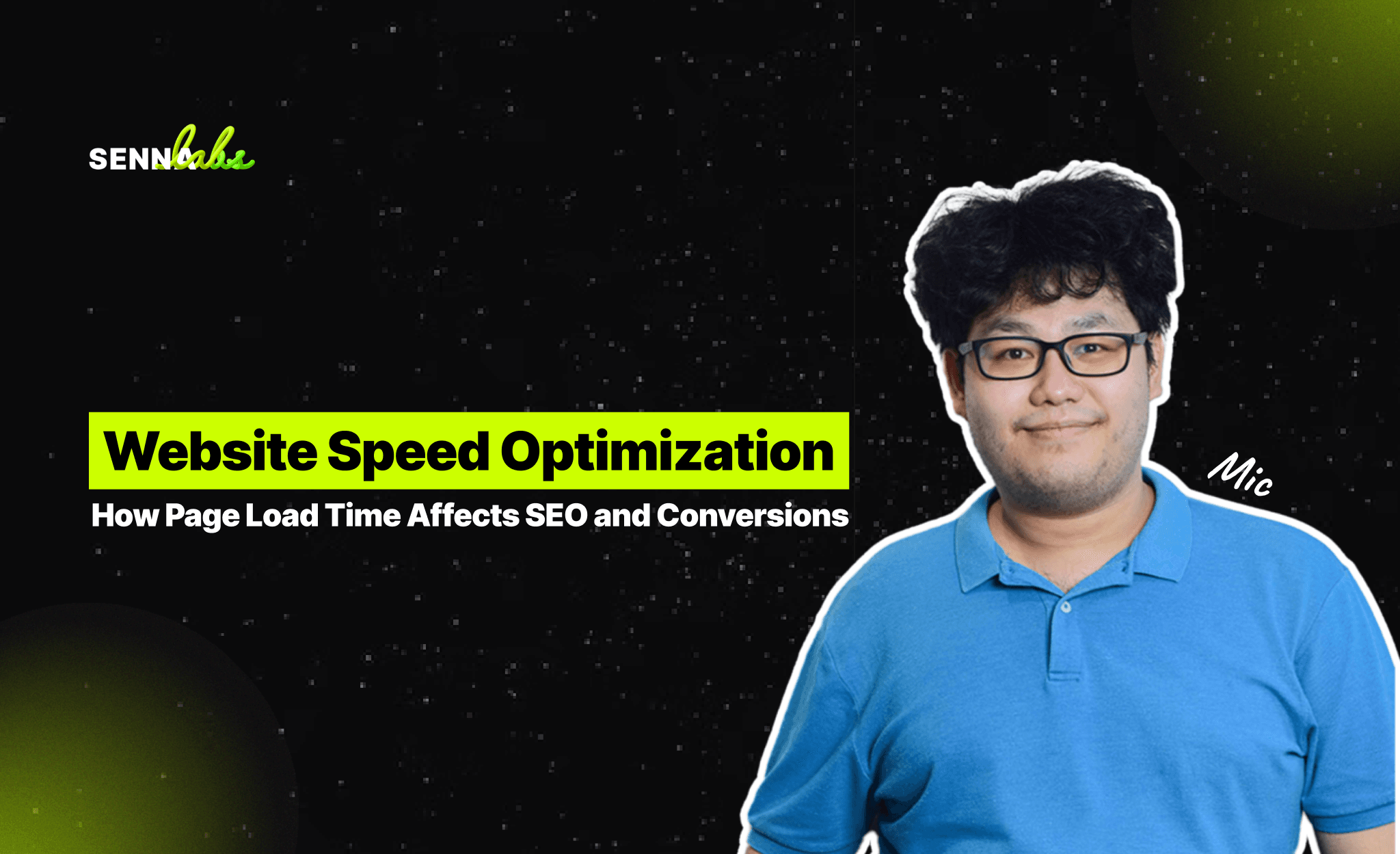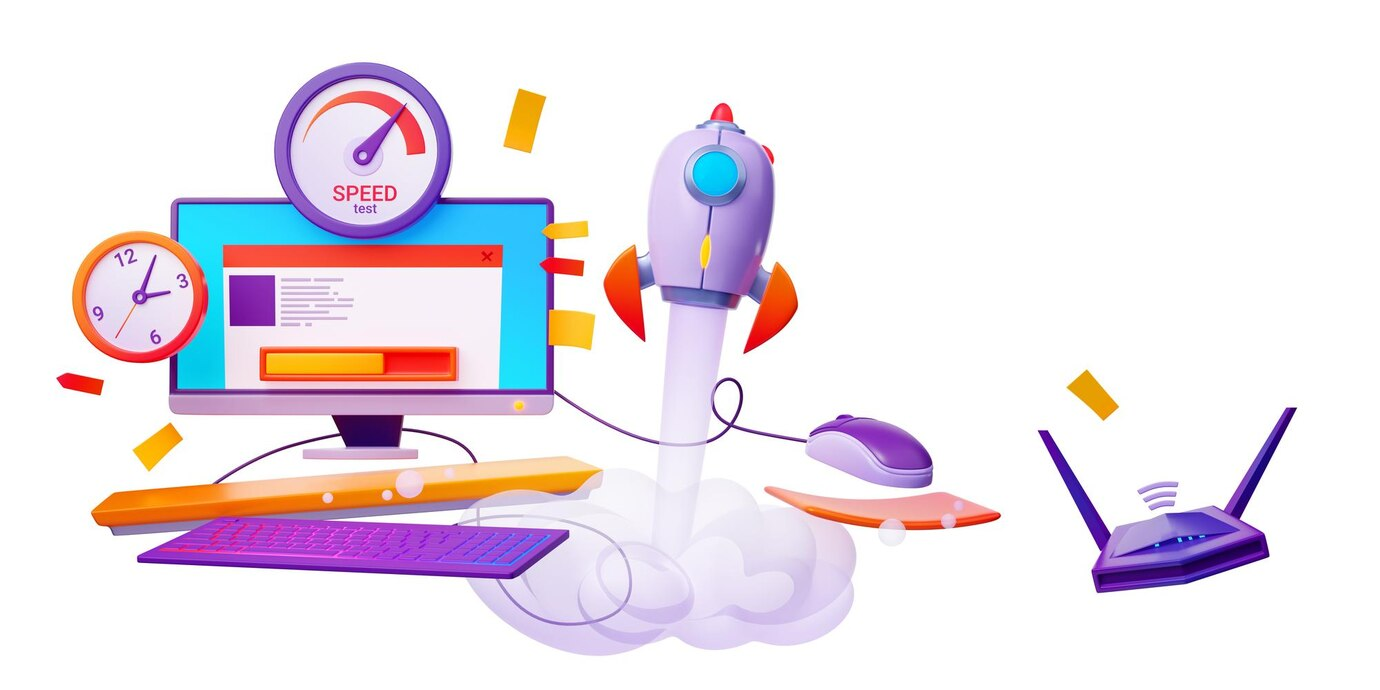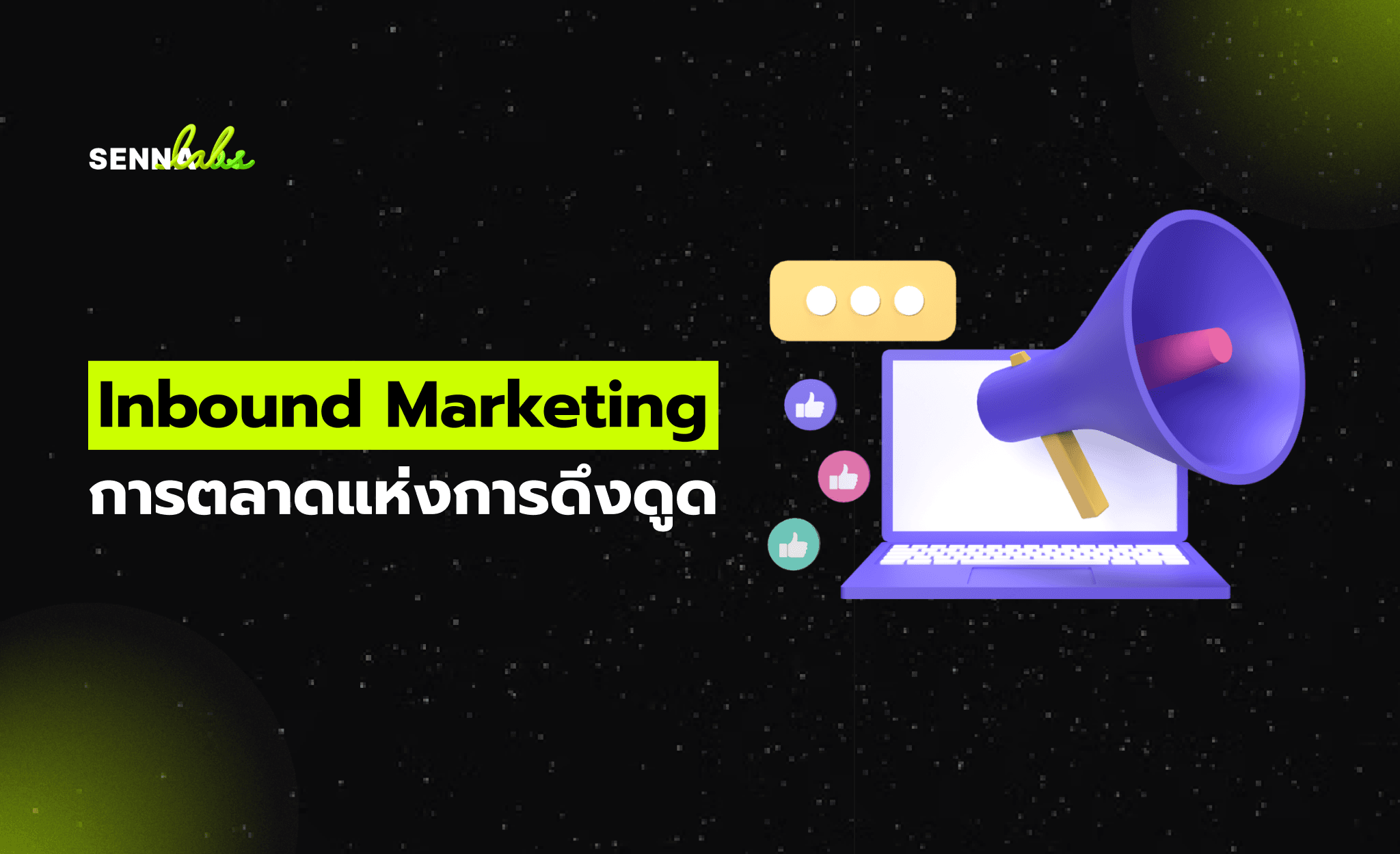Website Speed Optimization: How Page Load Time Affects SEO and Conversions
Share

Website speed is a critical factor in both search engine rankings and user experience. A slow-loading website can frustrate visitors, leading to higher bounce rates, lower conversions, and reduced organic traffic. Google has explicitly stated that page speed is a ranking factor, meaning that websites that load faster are more likely to appear higher in search results.
This article explores how website speed impacts SEO and user behavior, discusses common speed-related issues, and provides proven strategies to enhance site performance. Additionally, it includes a real-world case study of an e-commerce store that reduced its page load time from 5 seconds to 2 seconds, leading to a 20% increase in sales and improved Google rankings.

Why Website Speed Matters for SEO and Conversions
1. Google’s Algorithm Prioritizes Fast Websites
Google has been emphasizing website speed as a ranking factor since 2010, and with the introduction of Core Web Vitals, speed and performance have become even more critical. Slow websites:
-
Rank lower in search engine results pages (SERPs).
-
Have lower engagement rates.
-
Lose traffic to faster competitors.
2. Faster Websites Improve User Experience
Page speed is directly linked to user satisfaction. If a page takes too long to load, users are likely to abandon it. Research shows:
-
47% of users expect a page to load in under 2 seconds.
-
40% of users abandon a website if it takes more than 3 seconds to load.
-
A 1-second delay in load time can reduce conversions by 7%.
3. Speed Affects Conversions and Sales
For e-commerce websites, slow pages can be costly. A delay in page speed results in:
-
Higher cart abandonment rates.
-
Lower trust in the brand.
-
Reduced customer satisfaction.
Conversely, improving website speed can lead to higher conversions, more sales, and better customer retention.
Common Issues That Slow Down Websites
Several factors contribute to slow page load times. Identifying and fixing these issues can significantly improve website performance.
1. Large and Unoptimized Images
-
High-resolution images take longer to load.
-
Lack of image compression leads to increased file sizes.
2. Excessive HTTP Requests
-
Too many scripts, stylesheets, and images require multiple requests to the server.
-
Third-party integrations (e.g., ads, analytics, chat widgets) can slow down the page.
3. Poor Hosting and Server Response Time
-
Cheap, shared hosting can lead to slow response times.
-
Lack of content delivery networks (CDN) results in longer data retrieval times.
4. Unoptimized CSS, JavaScript, and HTML
-
Bloated and unused code increases load time.
-
Render-blocking scripts slow down page rendering.
5. No Caching Mechanism
-
Pages are dynamically generated on every visit, leading to unnecessary processing.
-
Browser caching can reduce load times for returning visitors.
How to Improve Website Speed and Performance
Optimizing website speed requires a combination of techniques to ensure faster loading times without compromising design or functionality.
1. Optimize Images
-
Compress images using tools like TinyPNG, ImageOptim, or WebP format.
-
Use responsive images (adjusting image sizes based on screen resolution).
-
Enable lazy loading to load images only when needed.
2. Minimize HTTP Requests
-
Reduce the number of CSS, JavaScript, and image files.
-
Combine multiple CSS and JavaScript files into a single file.
-
Remove unnecessary third-party scripts and plugins.
3. Upgrade Hosting and Use a Content Delivery Network (CDN)
-
Invest in premium hosting or VPS servers instead of shared hosting.
-
Use a CDN (e.g., Cloudflare, AWS CloudFront) to serve content faster to global users.
4. Enable Browser Caching
-
Store website files in a user’s browser so they don’t have to be downloaded repeatedly.
-
Set expiration times for static resources like images, CSS, and JavaScript.
5. Minify and Optimize CSS, JavaScript, and HTML
-
Remove unnecessary whitespace, comments, and code using tools like CSSNano, UglifyJS, or Minify HTML.
-
Defer or asynchronously load JavaScript files to prevent render-blocking.
6. Implement Gzip Compression
-
Reduce file sizes by compressing resources using Gzip or Brotli compression.
7. Reduce Redirects
-
Avoid unnecessary 301 and 302 redirects, as they add extra loading time.
-
Keep URL structures clean and optimized.
8. Monitor and Improve Core Web Vitals
-
Use Google PageSpeed Insights and Lighthouse to measure performance.
-
Focus on Largest Contentful Paint (LCP), First Input Delay (FID), and Cumulative Layout Shift (CLS).
Use Case: How an E-Commerce Store Boosted Sales by 20% with Speed Optimization
The Problem: Slow Page Load Times Were Hurting Sales
An e-commerce website selling electronics noticed a decline in conversions. After analyzing its performance, the team discovered:
-
Average page load time was 5 seconds, leading to high bounce rates.
-
Customers abandoned shopping carts before checkout due to slow-loading pages.
-
Mobile users, who made up 60% of traffic, experienced the worst loading times.
With slow pages impacting both SEO rankings and sales, the company decided to focus on speed optimization.
The Solution: Implementing Speed Optimization Strategies
To enhance website speed, the following actions were taken:
-
Optimized Images and Enabled Lazy Loading
-
Converted images to WebP format, reducing file sizes by 40%.
-
Implemented lazy loading for product images to load only when scrolled into view.
-
-
Minimized JavaScript and CSS Files
-
Removed unused CSS and JavaScript, reducing file sizes.
-
Defer-loaded non-essential JavaScript to prevent render delays.
-
-
Upgraded Hosting and Integrated a CDN
-
Moved to a high-performance VPS hosting solution.
-
Deployed a CDN to serve static content from servers closest to users.
-
-
Implemented Browser Caching and Gzip Compression
-
Configured browser caching to store assets for returning visitors.
-
Enabled Gzip compression to reduce transfer sizes.
-
-
Reduced Redirects and Fixed Broken Links
-
Optimized internal linking to eliminate unnecessary redirects.
-
The Results: Increased Sales and Higher Rankings
Within three months of optimizing page speed, the e-commerce store saw:
-
Page load time reduced from 5 seconds to 2 seconds.
-
20% increase in overall sales due to lower cart abandonment rates.
-
15% decrease in bounce rate, as users stayed longer on pages.
-
Higher mobile search rankings, leading to increased organic traffic.
These improvements demonstrated how website speed directly impacts SEO, user experience, and conversion rates.
Conclusion
Website speed is a critical factor in both SEO and business success. Slow-loading websites lose potential customers and rank lower in search engine results. By optimizing images, minimizing scripts, using caching, and upgrading hosting, businesses can improve performance, increase conversions, and enhance user experience.
The case study of the e-commerce store shows that even small speed improvements can lead to significant revenue growth and higher Google rankings.
Speed optimization is not just about faster load times—it’s about providing a seamless experience that keeps users engaged and converts visitors into customers. Regular performance testing and updates ensure that a website remains competitive in the evolving digital landscape.

Share

Keep me postedto follow product news, latest in technology, solutions, and updates
Related articles
Explore all


